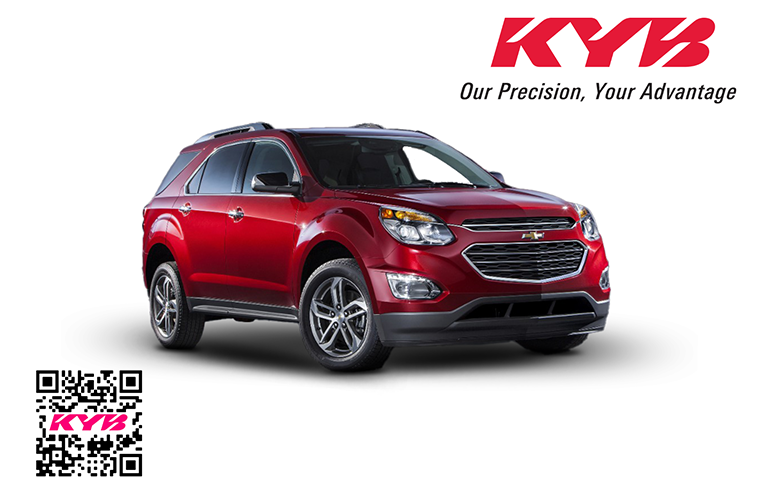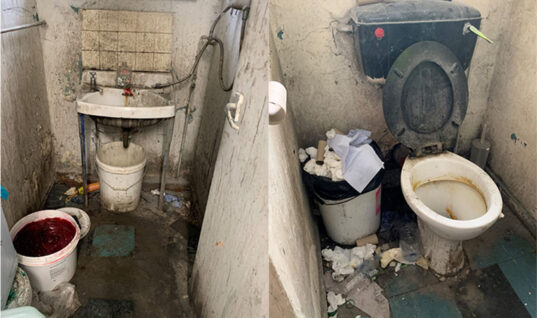In a recent video series, KYB took to the test track, revealing stark differences between KYB, premium competitor shocks, worn shocks and low-cost shocks.
To ensure fair testing, KYB enlisted two independent test drivers from the tyre industry to drive two matching 2015 Chevrolet Equinoxes, each having over 150,000km on the odometer. To guarantee consistent and reliable results, each vehicle was fitted with new brake pads, discs and stabiliser links prior to testing, alongside a full four-wheel alignment.
Before each individual test, the cars were filled with fuel and fitted with four new tyres. The only difference between the vehicles was the shock absorbers.
Over two days, KYB compared and tested the four different shock absorber sets. These included the worn OEM shock absorbers, a low-cost competitor, a premium competitor and KYB’s Excel-G range.
Designed to allow the test drivers to experience each of the products in real-life driving situations, the assessment included:
- Wet track: A sprinkler system evenly soaked the road to emulate wet driving conditions, so traction, handling and braking could be tested.
- Slalom: To evaluate control and body roll.
- Braking: Measuring stopping distances from 80kph to 0kph in both wet and dry conditions.
- Real roads: 11km loop on real roads to evaluate performance in the real world.
Using data gathered from electronic data acquisition equipment installed within both vehicles, results showed that KYB outperformed all alternatives, both in the real world and on the test track. These results mirrored the opinions of both independent professional testers, who also both agreed the KYB Excel-G was the superior choice.
To understand the impact that shock absorbers have on stopping distances, braking tests were conducted in both wet and dry conditions. When comparing worn OEM shock absorbers with a low-cost competitor, the results found that low-cost shock absorbers were actually worse than the worn OEM when it came to stopping safely in both wet and dry conditions.
As you would expect, the stopping distances were drastically improved when testing both KYB and its premium competitor in dry conditions. However, in wet conditions where traction was reduced, the vehicle equipped with KYB shocks stopped 1.8 metres shorter than the premium competitor – the width of a car.
ABS activity was also monitored to demonstrate the direct impact shock absorbers have on the performance of crash avoidance systems. During an emergency stop from 80kph, increased nose diving of the car meant the ABS system was activated multiple times when monitoring worn OEM shock absorbers, as the car’s safety system tried to maintain traction.
Every time this happened, the ABS released the brakes momentarily to avoid skidding, however this action adds time and distance to the stopping process. KYB and the premium competitor by contrast showed far less activation, allowing the car to stop quickly and smoothly. These tests clearly indicate the importance of replacing worn shock absorbers, as worn shock absorber valving in this instance to a longer emergency stop.
Both independent testers concluded that while driving, there was a noticeable difference between KYB shock absorbers and worn OEM shock absorbers, commenting that the difference between the two was “night and day”.
When comparing KYB versus the premium competitor, the testers praised KYB shocks for the car’s control and composure, making the vehicle feel more “locked down”, “following the movements of the road” more effectively.







